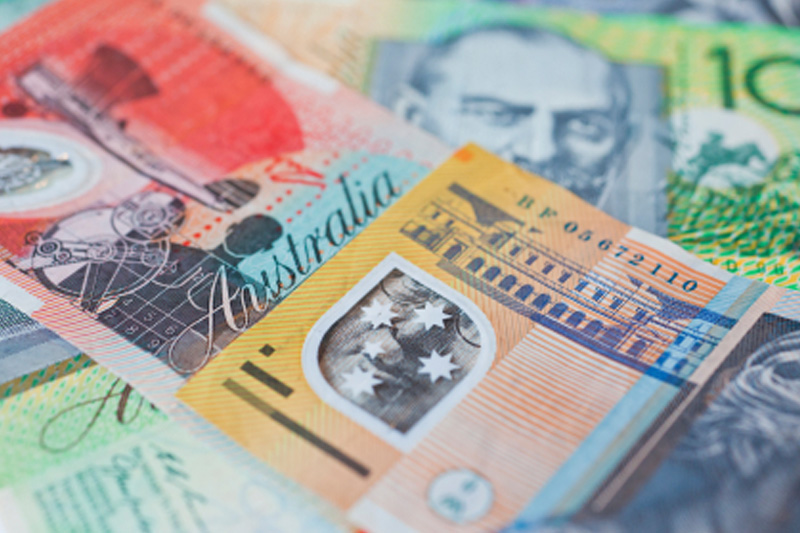PoundSterlingLIVE - File image of Andrew Hauser. Source: Reserve Bank of Australia.
The Australian Dollar's selloff accelerated in midweek trade amidst talk of Chinese Yuan devaluation and more 'dovish' commentary from the Reserve Bank of Australia (RBA).
The Pound to Australian Dollar (GBP/AUD) exchange rate hit the 2.0 marker for the first time in four years amidst the ongoing selloff in the Aussie currency.
AUD has seen 24 hours of selling pressure that follows in the wake of the RBA's December rate decision and guidance, which saw it pivot towards a preference for lower interest rates.
The pivot was reinforced Wednesday when RBA Deputy Governor Andrew Hauser said there was no particular inflation figure the central bank needed to see before it cut interest rates.
Hauser had the chance to push back against the market's rapid move to price in a February rate cut from the RBA, but he opted not to. This is a tacit verification of recent financial market developments.
He told the Australian Business Economists’ Annual Dinner that economic data must match the RBA's forecasts before rates could be cut.
For context, last week's GDP data release was weak and shows the economy is now at risk of performing below RBA expectations, prompting speculation that the RBA rate cut would come sooner in 2025 than previously thought.
The speculation was verified by Tuesday's RBA policy update, where guidance said the RBA was "gaining some confidence that inflation is moving sustainably towards target." The RBA dropped the phrase that is "not ruling anything in or out" regaring rate cuts, as it had in every statement since March.
The word "vigilant" has also been cut from the post-meeting statement.
"The AUD continues to be weighed down by the RBA's dovish pivot," says David Forrester, Senior FX Strategist at Crédit Agricole. "The Australian rates market is pricing in a 25bp cut by the central bank in February at a two-in-three chance and nearly 90bp worth of cuts in the coming year."
But Hauser also addressed the issue of China and Donald Trump, warning that the Aussie economy was at risk of being upset by any resultant slowdown in China posed by tariffs.
"Rumours are growing that China wants to weaken its currency and abandon its stable Yuan policy to counter the upcoming wave of tariffs announced by Trump," says Jeroen Blokland, Founder of the Blokland Smart Multi-Asset Fund.
The valuation of the Yuan is highly relevant to the Australian Dollar as they often trend together. This reflects AUD's status as a China proxy.
"With growth sputtering for years because of a real estate recession and local government debt crisis, China will be forced to protect its primary source of growth, exports. Especially now that the central government is again aiming for a way too high GDP growth target of 5%," says Blockland.
He says to expect (very) low interest rates in China, pressure on the Yuan, and bigger budget deficits.
The AUD's next challenge will be the outcome of China's Central Economic Work Conference (CEWC), which will deliver more details about a planned economic stimulus.
The Australian dollar rose on Monday after China's Politburo concluded that monetary and fiscal policy would be expanded to support the economy.
Yet the rally proved short-lived, as has been the case in the wake of previous stimulus announcements. This leaves us suspecting the CEWC outcome could prove another disappointment to those wanting a stronger Aussie Dollar.
An original version of this article can be viewed at Pound Sterling Live
